#geology museum
Text
Please help the National Museum Of Wales

Please sign the petition!!!!
You don't need to be living in Wales or the uk to sign.
#wales#welsh#museum#history#petition#signal boost#geology#paleontology#palaeoblr#support education#support history
3K notes
·
View notes
Text

Today’s Exhibit of the Day? The Museum’s giant amethyst geode. Standing 9 ft (2.7 m) tall and weighing around 11,000 lbs (5,000 kg), it’s one of the largest specimens in our halls. How did this dazzling geode come to be? About 135 million years ago, the continental plates carrying South America and Africa began to separate. Magma poured out from fractures in Earth’s crust and large gas bubbles escaped from within the magma—becoming trapped in the rock as it solidified, forming cavities. Groundwater flowing into these spaces brought dissolved silica, which crystallized into quartz. Over millennia, most of these quartz crystals turned into rich purple amethyst. Spot this and other amazing specimens in the Museum’s Mignone Halls of Gems and Minerals!
Photo: D. Finnin/ © AMNH
#science#amnh#museum#nature#natural history#gems#minera#geology#fact of the day#cool facts#rocks#geode#amethyst#purple#things to do in new york city#nyc museums
2K notes
·
View notes
Text

Happy Fossil Friday! This is the skull of Liberty the Lambeosaurus from the upper Judith River formation near Havre, Montana. It was found by Jack Wilson and Denver Fowler in 2020 and its preparation is nearing completion in our lab.
#fossilfriday#dinosaurs#paleontology#palaeoblr#paleoblr#palaeontology#badlands dinosaur museum#fossils#photography#biology#geology#lambeosaurus#prehistoric#extinct#Liberty
208 notes
·
View notes
Text

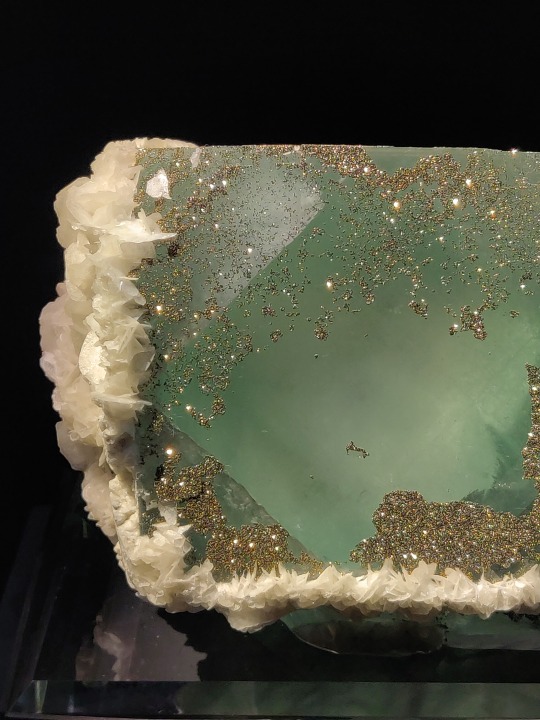


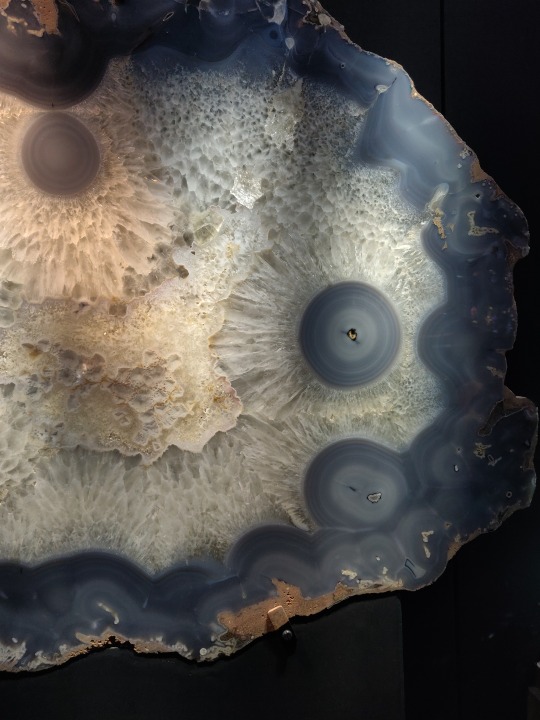
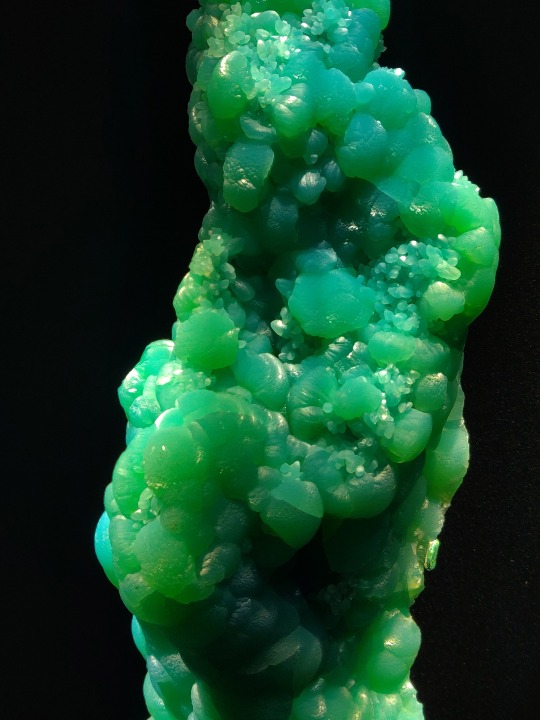
Rocks and minerals featured at the Yale Museum of Natural History
#rocks#minerals#crystals#geology#museum#history museum#natural history#nature#nature photography#photography#naturalist#mine
545 notes
·
View notes
Text

Pyrophyllite
Natural History Museum of Denmark, Mineral Hall
#pyrophyllite#geology#minerals#mineral hall#mineralology#american minerals#us minerals#america#california#californian minerals#natural history#natural history museum#museum#museums#danish museums#danish museum of natural history#danish natural history museum#natural history museum of denmark#copenhagen#denmark
156 notes
·
View notes
Text
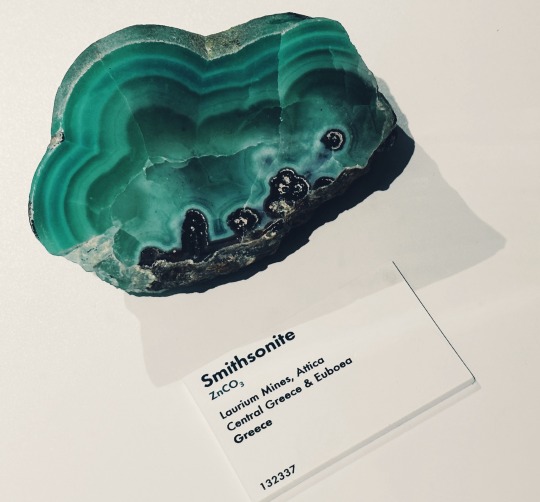
Smithsonite - Harvard Natural History Museum
#yes I am posting boston vacation photos almost six months after my trip#I like how this looks like a cloud#smithsonite#gems#stones#crystals#harvard natural history museum#harvard#teal#geology
78 notes
·
View notes
Text

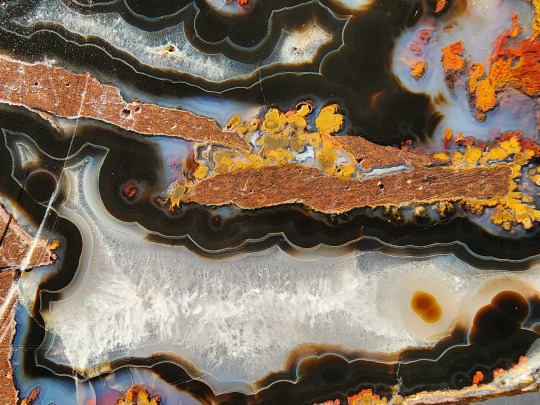

Fortification Quartz Agate Pair
#agate#achat#crystals#special collections#stone aesthetic#collectibles#geology#quartz#crystal collection#crystal#healing crystal#rocks and minerals#gems#rock hounding#museum
101 notes
·
View notes
Photo
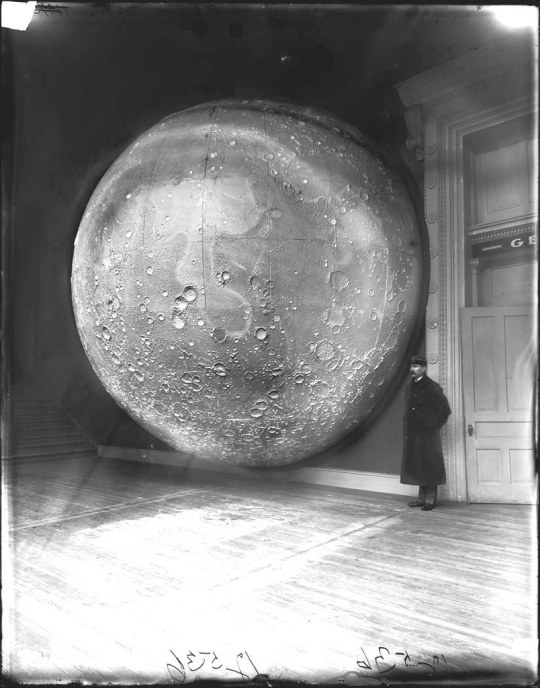
Field Columbian Museum Moon Model, Chicago, Illinois, USA , 1898.
Original caption: Field Columbian Museum West Court Alcove 103. 1898. Moon Model Prepared by Johann Friedrich Julius Schmidt, Germany, in 1898. Made of 116 sections of plaster on a framework of wood and metal. Wood floor, security Guard in uniform in background, stairs leading up to the left. Sign above door,"Geology," not completely visible.
#vintage#retro#museum#museums#1898#1890s#Before 1910#Moon#Astronomy#Geology#Field Columbian Museum#Chicago#USA#United States#Illinois#Natural History#Natural History Museum#Photography#Black and White
41 notes
·
View notes
Text
Dinosaurs are not extinct.
The fact that Dinosaurs, the rulers of Mesozoic earth are extinct is not at all a 'news' to you, right?
Yeah, I mean considering you or your distant cousins belong to the Holocene earth and actively taking part in this Anthropocene, you have been technically taught right since your childhood, that YES! DINOS, THE GIANT LIZARDS ARE EXTINCT. And, even if I write something on this, won't make a big deal. But what will make quiet a big deal is, if I write and actually go onto claim that NO! DINOSAURS AREN'T EXTINCT! Now this is what that sixth grader would say, "Yes, I want more of this... go on I'm listening."
By now, you might be thinking that this is a big statement I have made. But what if I tell you, go and ask this same question to a paleontologist or maybe some evolutionary biologist. Trust me, try it out and you'll see, it's not much of a shock to them as it was to you. Dinosaurs are not extinct, they know it. But do they say it? NO (and this is what this blog is all about)
You see, in the world of Paleontology or (to be more precise)Dinosaur Paleobiology there are two very vaguely defined things. And by saying, 'very vague' it's actually quiet serious. I mean if at least one of these two would have been crystal clear to us, I wouldn't have been writing this blog today.
First, the very meaning of the word Dinosaur! yes... it literally means "A Giant Lizard" (as you all might already know). Why Sir Richard Owen, why did you do this? I mean there's a whole different story to this though, but yeah the great paleontologist of his time could have come up with something more better and clearer.
Now, if you are that average sixth grader wondering what's actually wrong with A GIANT LIZARD, well let me shatter your childhood learnings and say that, dinosaurs are related to lizards but not that related enough to actually call them lizards!
Avoiding, scientific stuffs here (you'll get bored otherwise) let me get this straight. Assuming you are aware of a phylogenetic tree, look at this below -
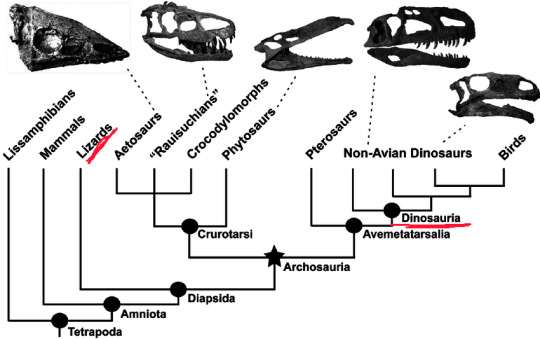
Just look at where Lizards and the group of Dinosauria or Non Avian Dinosaurs are! In our planet's great evolution story (with regards to Geological Time Scale of course), lizards and dinosaurs both went on to follow separate paths of development.
Now the sixth grader might argue, "Oh cmon! but they do have a common ancestry at some point right, like mentioned here as Diapsida?" Well its true, but going with this, it all comes down to that one single-celled microorganism or maybe that RNA molecule made of just proteins from which life eventually began and the fact then becomes, YOU are also a lizard or fish or any insect. Not so happy with that ain't you. Trust me, my brain's okay digesting this but you or an average sixth grader won't be proud calling themselves a disgusting house fly :)
This is what I call 'A Game of Perspective'.
Perspective, to actually define events with regards to our evolutionary history. This is... what I feel, the most difficult thing to do in paleontology, apart from the fact that you define something one day and tomorrow you dig something out related to your newly defined 'thing' which actually makes you rewrite the whole definition, previous day going in vain.
Hence, the giant lizard, based on the above phylogenetic tree, does live. It's not at all extinct. Komodo dragon, take this for an example if you aren't satisfied with your house lizard. Now, this obviously doesn't bring back the famous Tyrannosaurus Rex or Velociraptor right? They are indeed extinct. But, if you are attentive enough to actually see 'Birds' in the above phylogenetic tree branching out of the Dinosauria group, ask yourself, "Is the chicken, that I love to eat from KFC extinct?"
The answer is an undebated NO and this is where the 'second vague' thing comes in - Where to draw the line and define birds as a whole separate species?

Look at a closer division of Dinosauria in the above figure and you will see that 'Aves' has actually branched out from 'Theropoda', which itself has branched out from 'Saurischia'. Aves, is what you might already know, refer to the birds. Now the main point of confusion is at what point in evolutionary history did a chicken become a chicken from its theropod descendants. The game of perspective comes up here, and we look into the definition of birds with regards to theropods (group of Dinosauria), because we know that they are their evolutionary successors. (look at the above figures again if you still don't believe)
Birds as Archeopteryx and all of its descendants.
Pretty cool right? I mean if you follow paleontology to some extent you might know that Archeopteryx is the missing link fossil between a bird and a dinosaur. But is it a bird or a dinosaur?
More precise - Is Archeopteryx a bird or a theropod?
The issue here is, recent studies have shown that Archeopteryx is more related to Dromaeusaurids (a small clade of feathered dinosaurs) than modern day birds.
2. Birds as feathered dinosaurs.
As good as it may sound, feathers! It is the most confusing body part of a Dinosaur, because more and more fossils show that they had feathers attached to them. Even your favorite T-Rex is now believed to have it! (Note - Jurassic Park is just a movie, there's a whole lot more to dinosaurs than to just get chased by them in a park)
3. Birds as flying dinosaurs.
Again, it is difficult to determine exactly which dinosaurs were capable of flying (as opposed to simply gliding). Also from a modern perspective, penguins for instance don't fly. But they are birds!
4. Birds as crown dinosaurs, meaning the last common ancestor of all extant birds and its descendants.
This is somewhat the most favored definition by paleontologists till date, but the problem here is, it ignores many feathered and flying dinosaurs that are more closely related to modern birds than to Archaeopteryx as birds.

Just look at how the highlighted region fades as we go from modern birds towards Archeopteryx and so on.
So, YES... saying that the Ornithischian group of dinosaurs is extinct, isn't wrong at all. Even the Sauropod group of Saurischian dinosaurs are extinct. But the Theropods, the same evolutionary line of Tyrannosaurus Rex isn't extinct, unless paleontologists can actually draw the line to separate modern day birds from them.
Paleontologists are still trying to figure this line out and believe me, this is quite challenging. I would like to quote here, studying what's underneath is much more difficult than something just above your head. You see, your goal isn't far in paleontology... it's hidden and that's what makes it more difficult.
Now, is it even necessary to actually draw this line. I'm afraid it is, otherwise blogs like this will come up more and disturb the already disturbed lives of paleontologists, dinosaur paleobiologists out there.
And... till the time this line is drawn, respect the chickens that you eat as they are your living dinosaurs. (I mean, I am not promoting veganism here, but just respect them, yeah... can't think of anything else)
Figure References -
Figure 1 (in order) taken from Macroevolutionary patterns in the evolutionary radiation of archosaurs (Tetrapoda: Diapsida) by Stephen L Brusatte | September 2010 Earth and Environmental Science Transactions of the Royal Society of Edinburgh 101(3-4)
Figure 2 (in order) taken from www.opengeology.org | Image by Callan Bentley
Figure 3 (in order)taken from Dino101: Dinosaur Paleobiology 200/201 University of Alberta | Modified from Hackett et al.2008
If you have made it this far, thanks a lot. Feel free to ask me any dumb thing. Trust me, dumb questions often lead to great discoveries!
Anyways, this is it for my first blog.
For the love of Earth Science :D Byeee
23 notes
·
View notes
Text

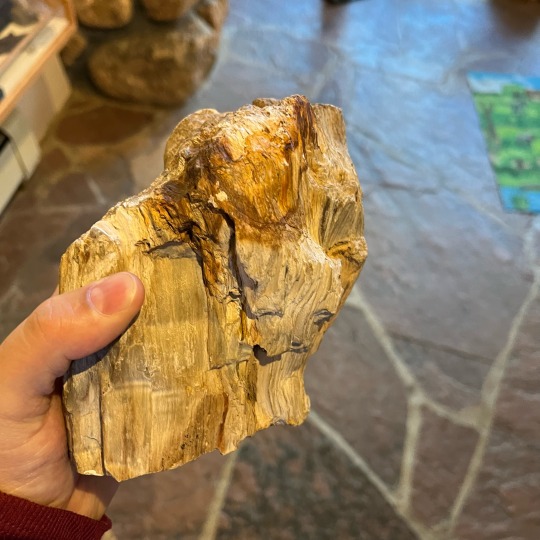

I have started volunteering at a local nature center. They have this very cool piece petrified wood in their collection.
#science#science rules#geology#geology rocks#colorado#fossil#fossilfriday#petrified wood#museum#nature center#Starsmore#volunteering
23 notes
·
View notes
Photo
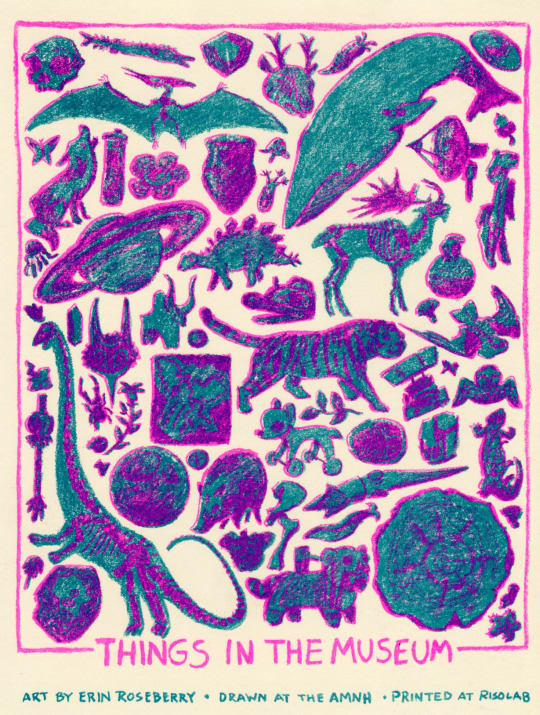
"Things in the Museum" Risograph print
light teal & fluorescent pink on cream edition
Drawn at the AMNH - Printed at RisoLAB
(copies available here)
#risograph#museum#american museum of natural history#academia aesthetic#paleontology#zoology#anthropology#natural history#biology#botany#geology#astronomy#art history#take my Beloved Ancestral Objects into your home
151 notes
·
View notes
Text
🟣 Amethyst is a variety of quartz, which is the second-most common mineral on Earth. But what distinguishes the quartz varieties? The size of their crystals and the causes of their different colors. Amethyst ranges from pale purple to dark violet.
💎 But wait, there’s more! An alternative birthstone for the month of February is jasper. Find your birthstone, and so much more, in the Museum’s Mignone Halls of Gems and Minerals.
#science#museum#nature#natural history#amethyst#purple#february#birthstone#gem#mineral#crystal#rocks#geology#did you know#fact of the day
638 notes
·
View notes
Text



Green Apophyllite is the rarest forming color of Apophyllite🌿 combined with Stilbite clusters- this piece is truly a magnificent addition for a home to invite happiness and comfort ✨ Rare, collector’s specimen . shop here 🌱
#apophyllite#green crystals#Stilbite#specimen#cluster#druzy#Crystal collector#geology#minerals#crystals#nature#goodvibes#earth#healing#metaphysical#pagan#fairy#fairycore#crystal aesthetic#museum art#green witch#natural#green art#witchy#altar space#home decor#shop small#crystal shop#photography#healing crystals
191 notes
·
View notes
Text

#dreamcore#unreality#dereality#liminal spaces#liminal space#liminal#liminal aesthetic#nostalgia#nostalgic#nostalgiacore#geology#rocks#y2k#y2k aesthetic#2001:inside#2001:bright#2001:interior#2001:museum
51 notes
·
View notes
Text

Silver
Natural History Museum of Denmark, Mineral Hall
#silver#norwegian minerals#norway#geology#minerals#mineralology#mineral hall#kongsberg#museum#museums#danish museums#natural history#natural history museum#danish natural history museum#natural history museum of denmark
110 notes
·
View notes

